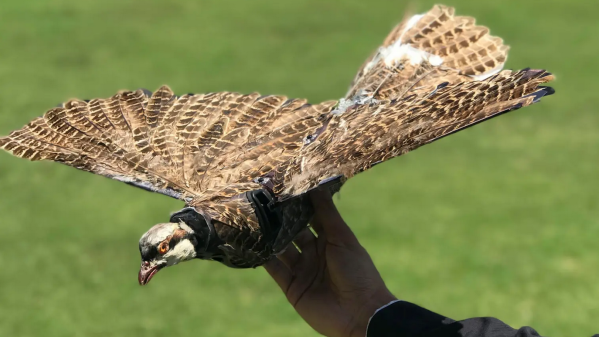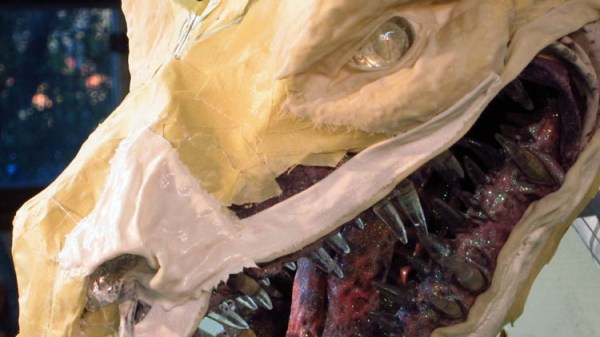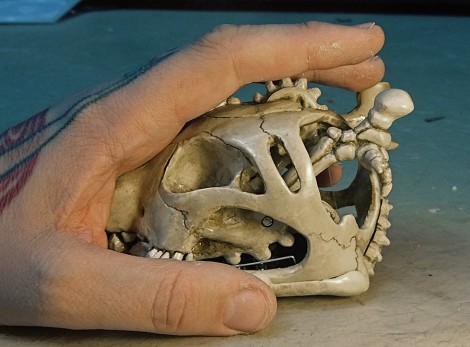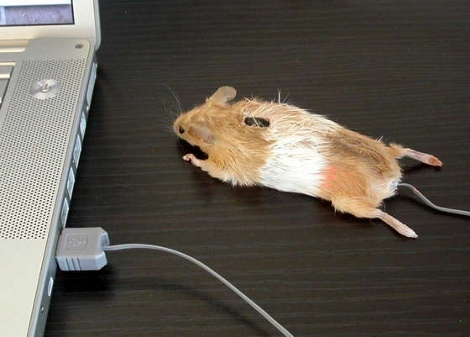In a lot of ways, it seems like we’re in the “plateau of productivity” part of the hype cycle when it comes to drones. UAVs have pretty much been reduced to practice and have become mostly an off-the-shelf purchase these days, with a dwindling number of experimenters pushing the envelope with custom builds, like building drones out of dead birds.
These ornithopomorphic UAVs come to us from the New Mexico Insitute of Mining and Technology, where [Mostafa Hassanalian] runs the Autonomous Flight and Aquatic Systems lab. While looking into biomimetics, [Dr. Hassanalian] hit upon the idea of using taxidermy birds as an airframe for drones. He and his team essentially reverse-engineered the birds to figure out how much payload they’d be able to handle, and added back the necessary components to make them fly again.
From the brief video in the tweet embedded below, it’s clear that they’ve come up with a huge variety of feathered drones. Some are clearly intended for testing the aerodynamics of taxidermy wings in makeshift wind tunnels, while others are designed to actually fly. Propulsion seems to run the gamut from bird-shaped RC airplanes with a propeller mounted in the beak to true ornithopters. Some of the drones clearly have a conventional fuselage with feathers added, which makes sense for testing various subsystems, like wings and tails.
It’s easy to mock something like this, and the jokes practically write themselves. But when you think about it, the argument for a flying bird-shaped robot is pretty easy to make from an animal behavior standpoint. If you want to study how birds up close while they’re flying, what better way than to send in a robot that looks similar to the other members of the flock? And besides, evolution figured out avian flight about 150 million years ago, so studying how birds do it is probably going to teach us something.
Continue reading “That Drone Up In The Sky? It Might Be Built Out Of A Dead Bird”



 [Dan] feels that paper maché is an under-utilized and under-rated medium, and he puts out some stunning work on
[Dan] feels that paper maché is an under-utilized and under-rated medium, and he puts out some stunning work on 











